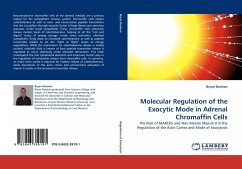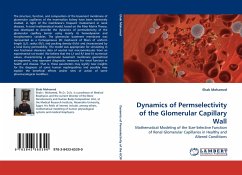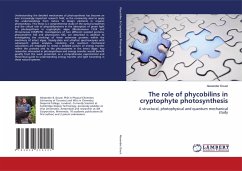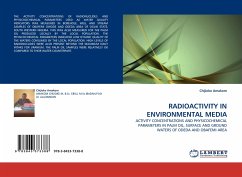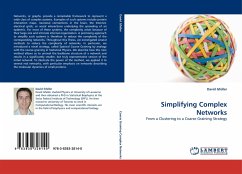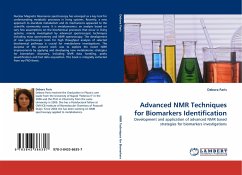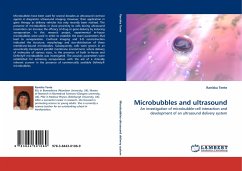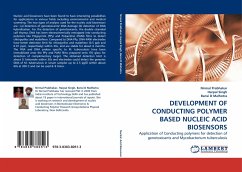Neuroendocrine chromaffin cells of the adrenal medulla are a primary output for the sympathetic nervous system. Chromaffin cells release catecholamine as well as vaso- and neuro-active peptide transmitters into the circulation through exocytic fusion of large dense-core secretory granules. Under basal sympathetic firing, chromaffin cells selectively release modest levels of catecholamines, helping to set the "rest and digest" status of energy storage. Under stress activation, elevated sympathetic firing leads to increased catecholamine as well as peptide transmitter release to set the "fight or flight" status of energy expenditure. While the mechanism for catecholamine release is widely studied, relatively little is known of how peptide transmitter release is regulated to occur selectively under elevated stimulation. This work investigated the role cytoskeletal elements and molecular motors play in the regulation of transmitter release from chromaffin cells. In summary, an intactactin cortex is required for modest release of catecholamines, while dissolution of the actin cortex and concomitant activation of mysoin II results in the increased transmitter release.
Bitte wählen Sie Ihr Anliegen aus.
Rechnungen
Retourenschein anfordern
Bestellstatus
Storno

